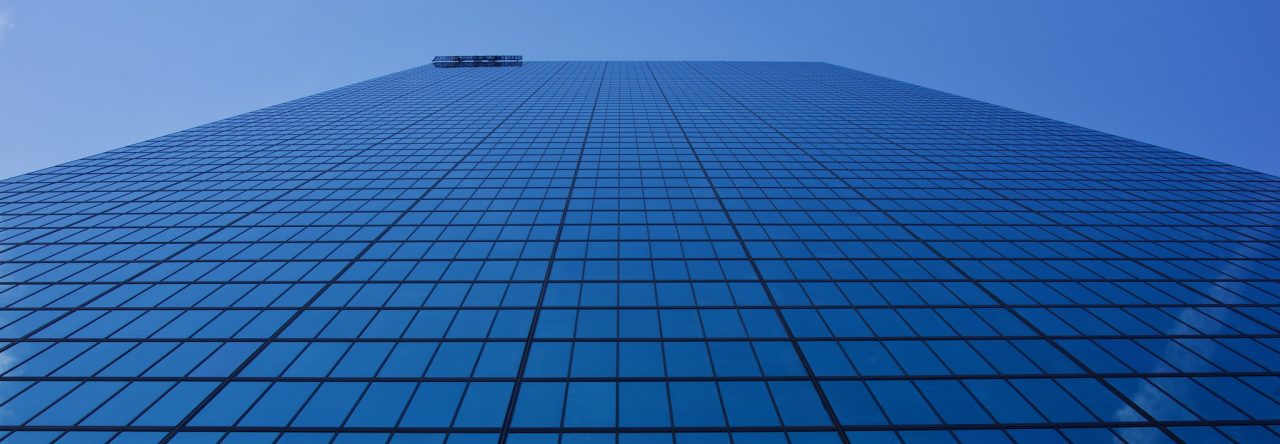Went on a tour with the observers from the Temporary International Presence in Hebron. Rosa managed to get us in, as she used to work for the Danish Representative Office in Ramallah, and the observers are mostly Scandinavian. How very diplomatic of them…
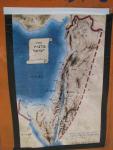
"Greater Israel"
The TIPH was created in 1997 as an addendum to the Oslo Process, and so has been temporary for over twelve years, with no sign of it ceasing to be necessary. Hebron is perhaps the mostly starkly divided city in the West Bank, home to 150,000 Palestinians and 530 settlers. The modern settlement was founded by Moshe Levinger and his wife Miriam; to whom I don’t think I am directly related, but which nonetheless colored my experience.The settlers are explicitly ideological, and espouse the goal of establishing “Eretz Israel” from the Nile to the Euphrates, with violence as an acceptable means. They occupy an area in the heart of the old city, near the Abraham Mosque/Cave of the Patriarchs. Violence has gone both ways, with a massacre of 67 Jews in 1929, the killing of six yeshiva students in 1980, and ongoing violence by settlers against the local community. In December 2008, after being forcibly removed from Beit Hashalom, a building they claim to have legally purchased despite the disagreement of the Israeli high court, settlers went on a rampage of Palestinian shops, shooting one man.
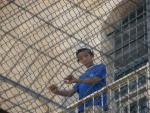
Settler Kid
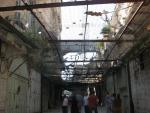
Screen to protect Souq from Settlers
To me, the more insidious violence is the everyday interaction, not the massacres. The old city souq is covered with protective wire to shield the Palestinian shoppers from thrown stones and bottles, although it cannot stop dirty water or urine. As I was walking through taking pictures, a young boy spit at me from several stories up, missing by inches. His aim indicated significant practice.
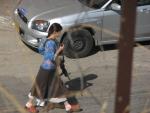
Settler girl with big gun
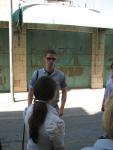
Jewish Star on Palestinian shops
Palestinians are forbidden from using several streets by the settlements, separating children from a school. TIPH observers walk every morning with them for protection. On this road, I saw a young woman nonchalantly carrying a very large automatic weapon. When I asked our guide whether a permit was required for such a gun, she replied “I’ll bet she knows how to use it.” The graffiti covering Palestinian shops and schools shows a new use of the Star of David. From its use to identify Jews in the Holocaust, it is now for these people a symbol of nationalism, and a marking of a different kind.
I had been to Hebron before with Jared and Jenna last summer, and we walked around the settlement area some. But being there with the international observers and hearing their assessment was a whole different experience. The souq was nearly empty, perhaps because it was a Friday, but it lacked much of the vibrancy I remember last year. We did avoid having any weapons pointed directly at us, as we had in the Freedom Cafe last summer. That much was a relief. I can’t imagine living in that tense of a situation, as a settler, Palestinian, or international observer. Just being there for a few hours was enough, and left me with lots to think through.
